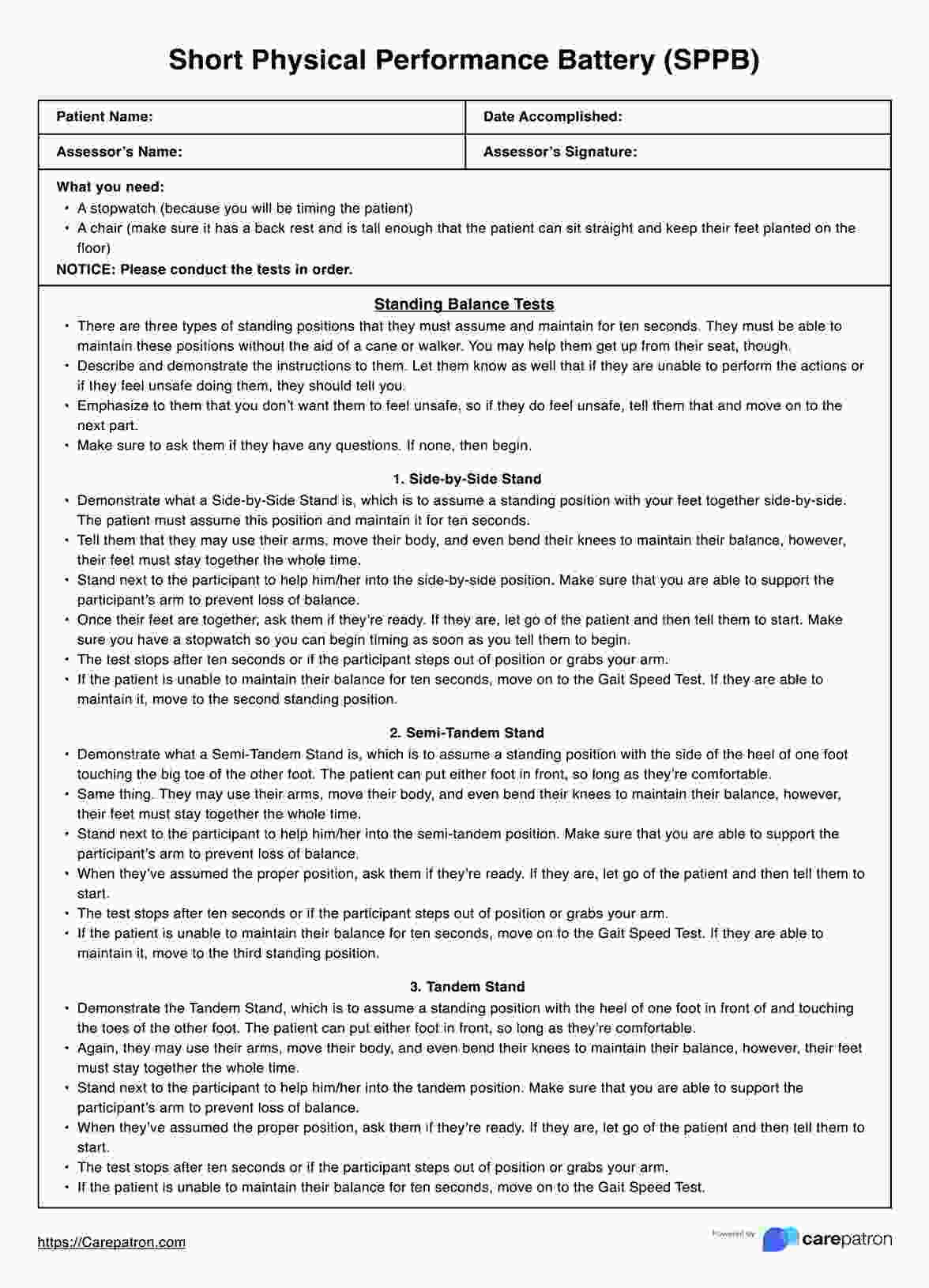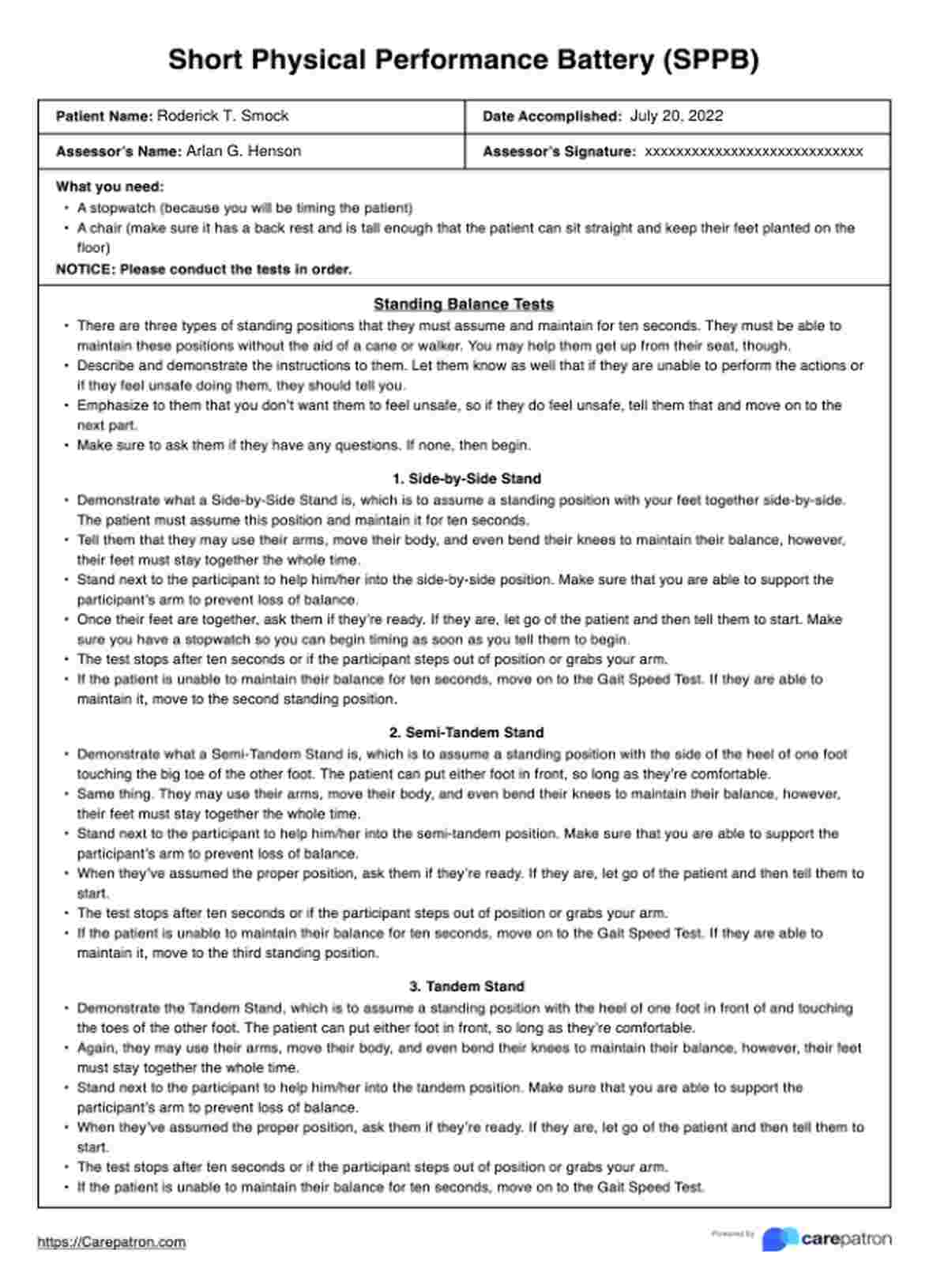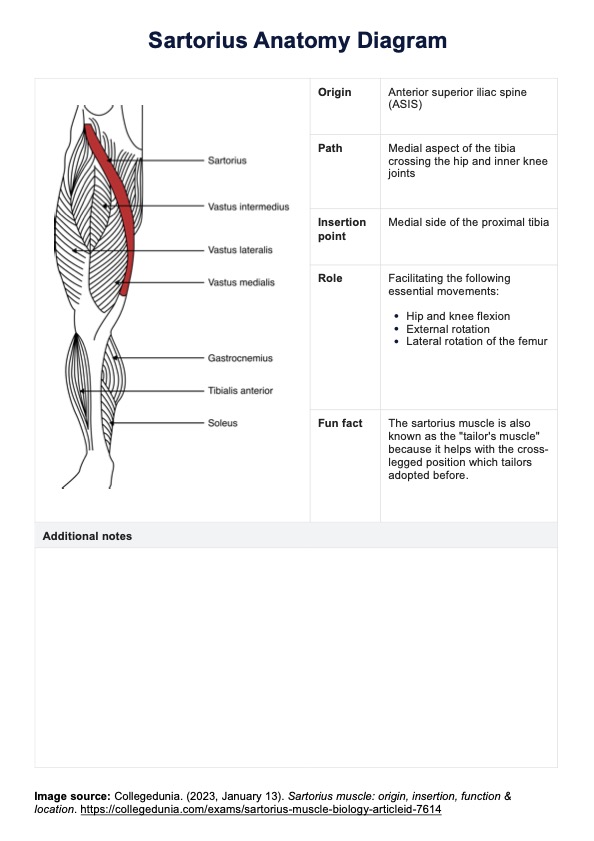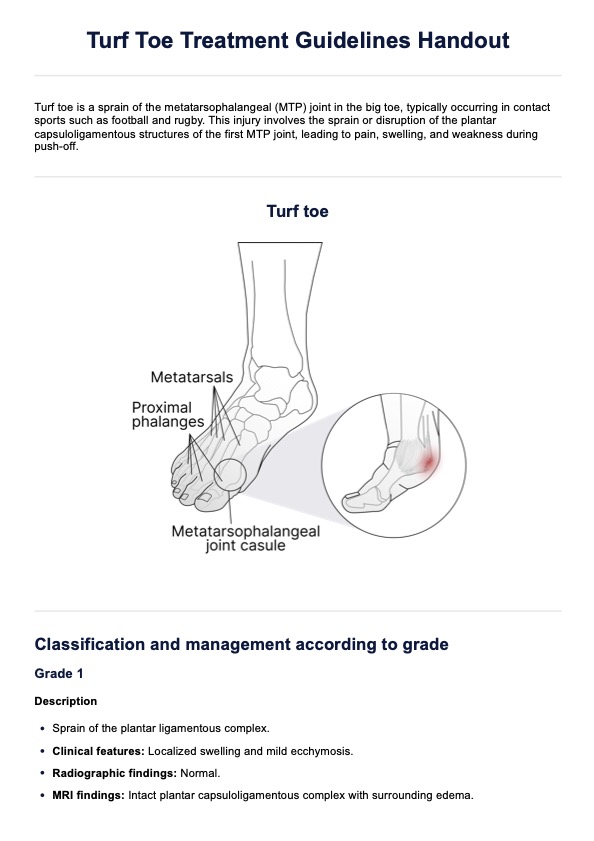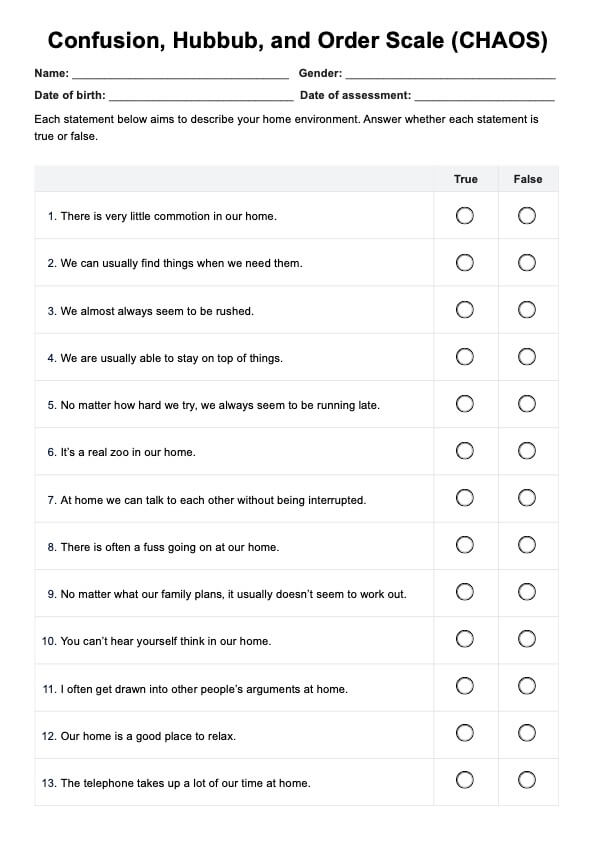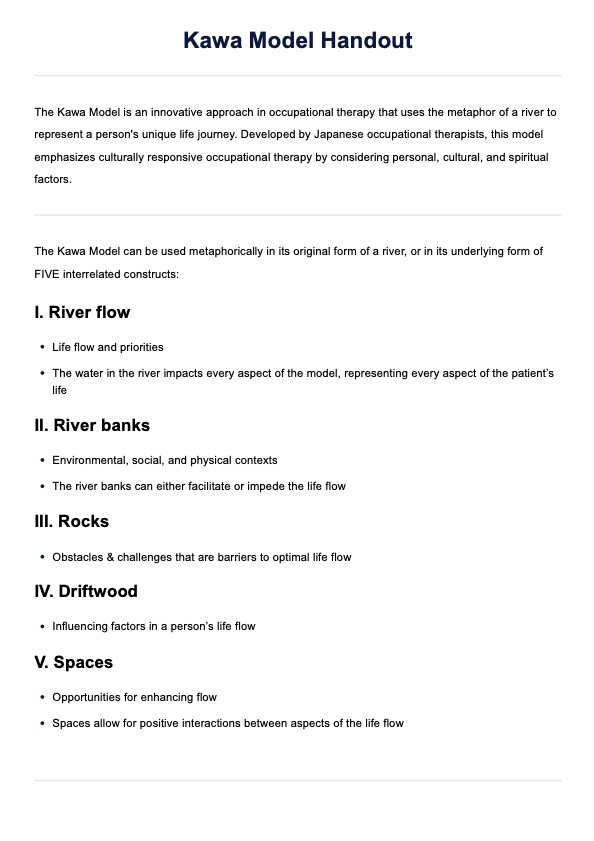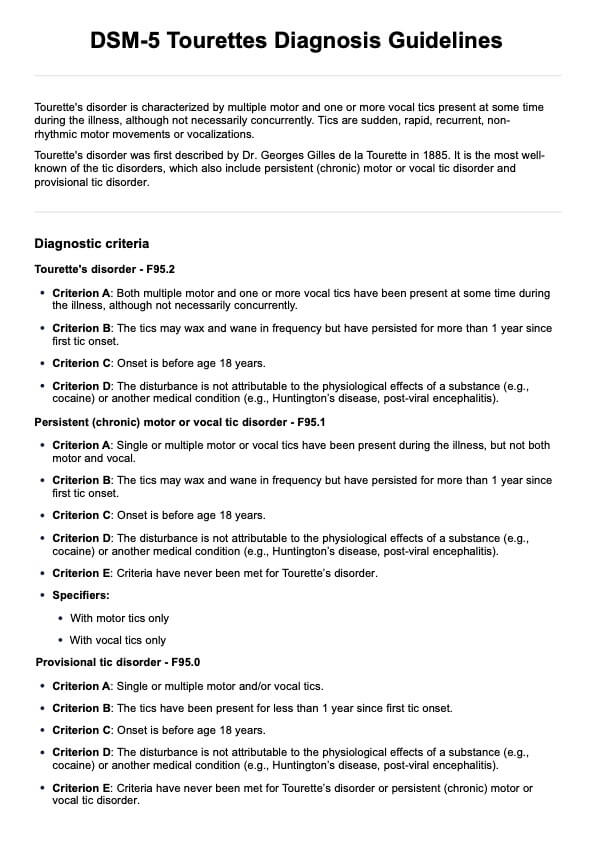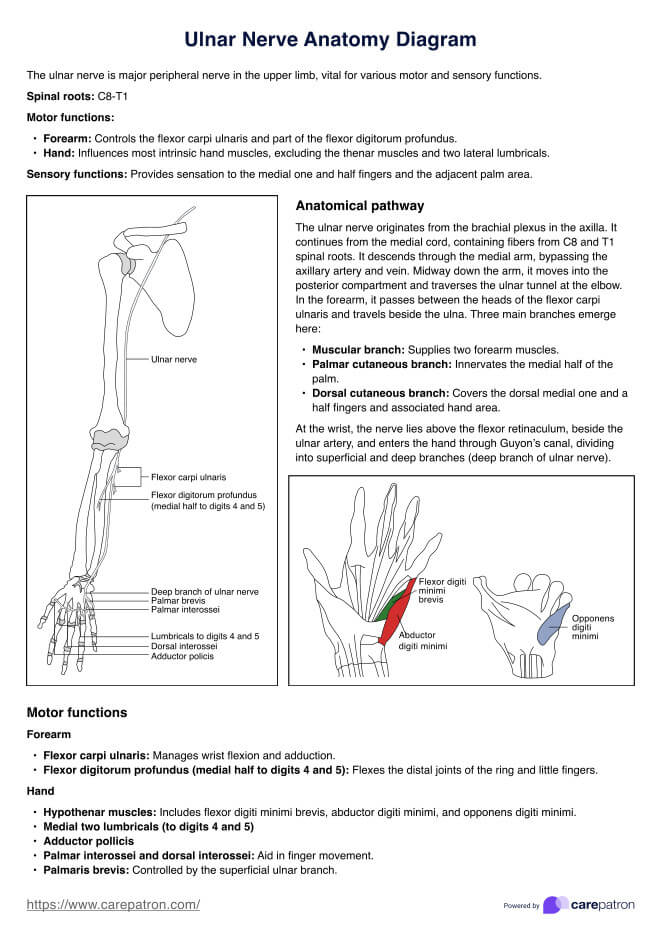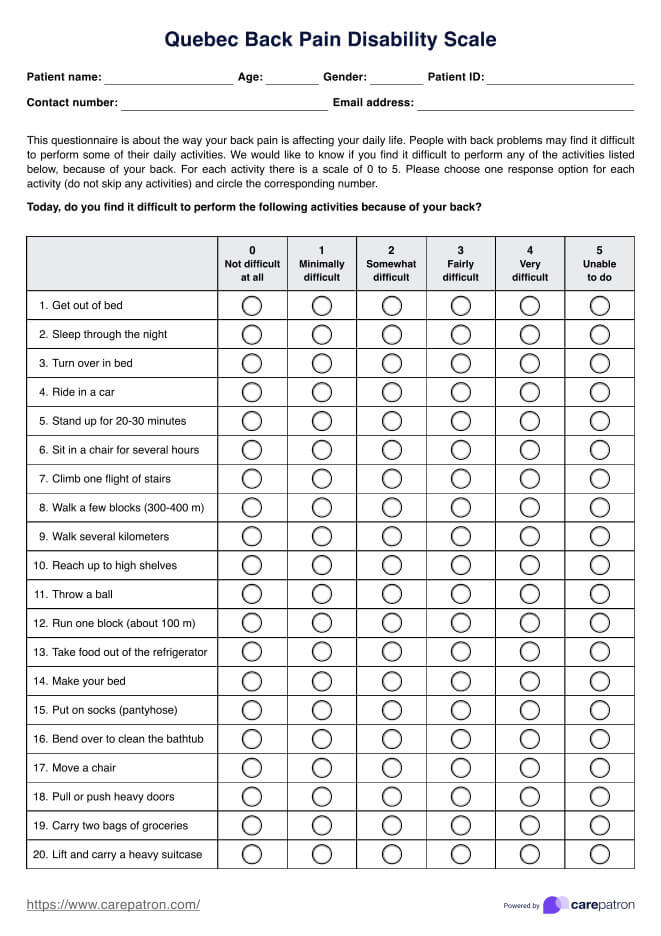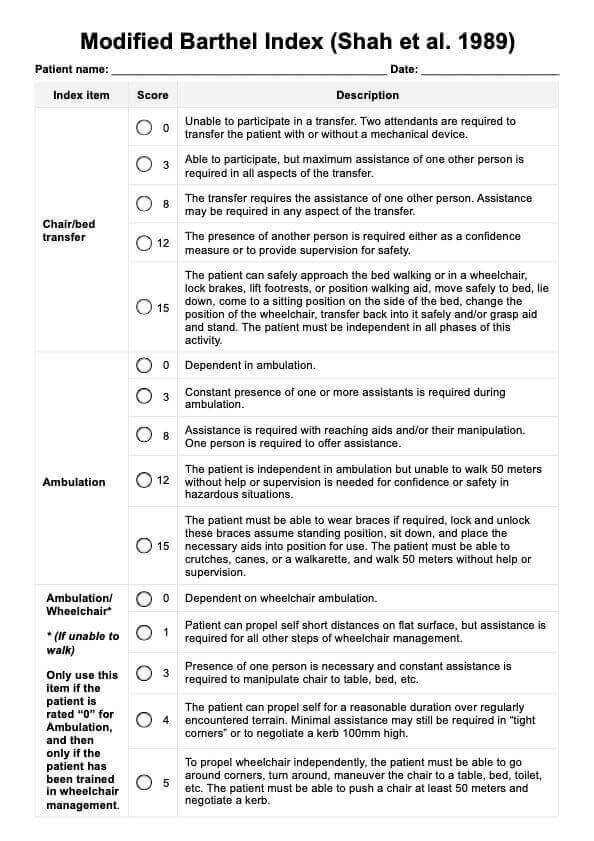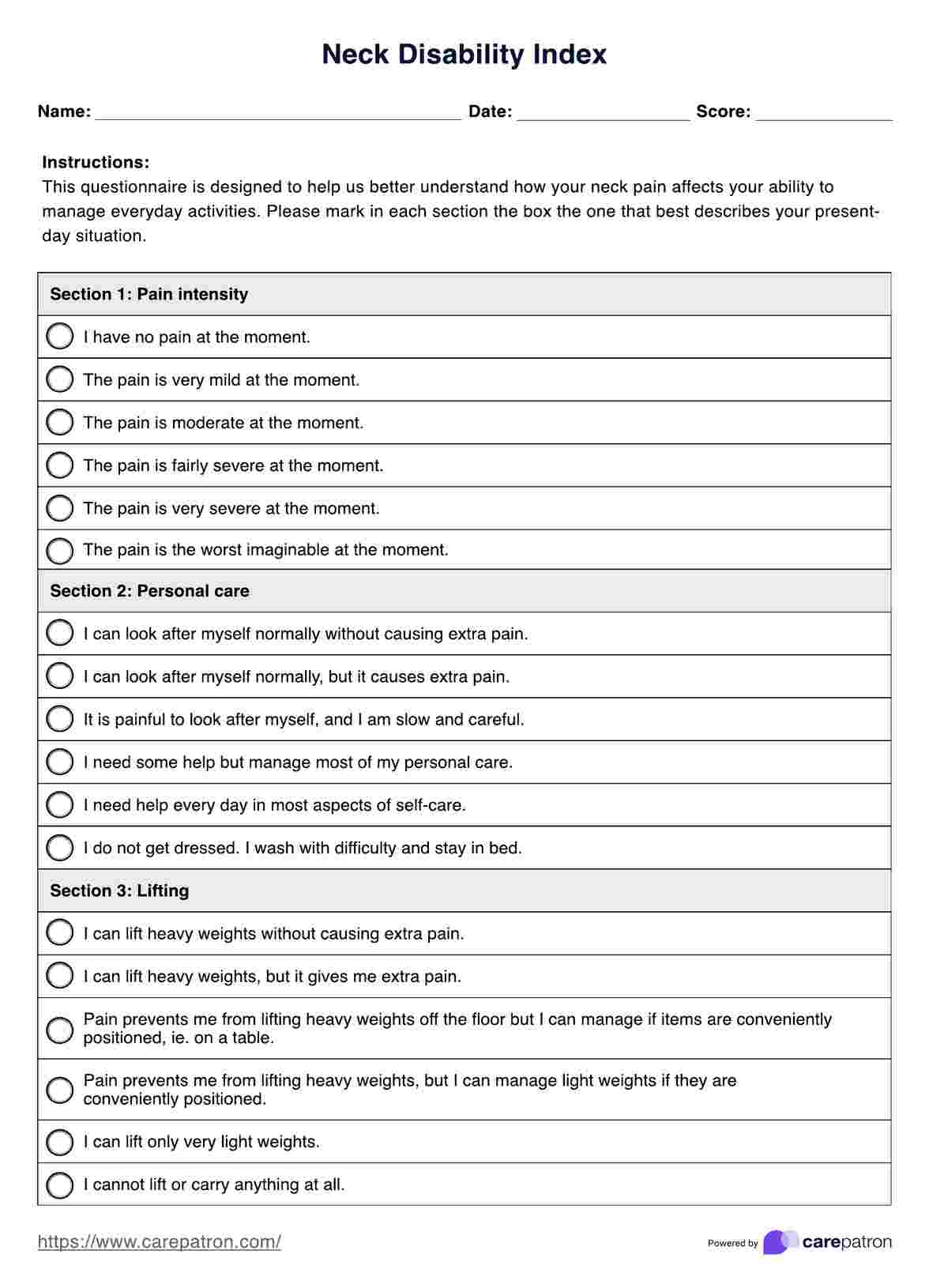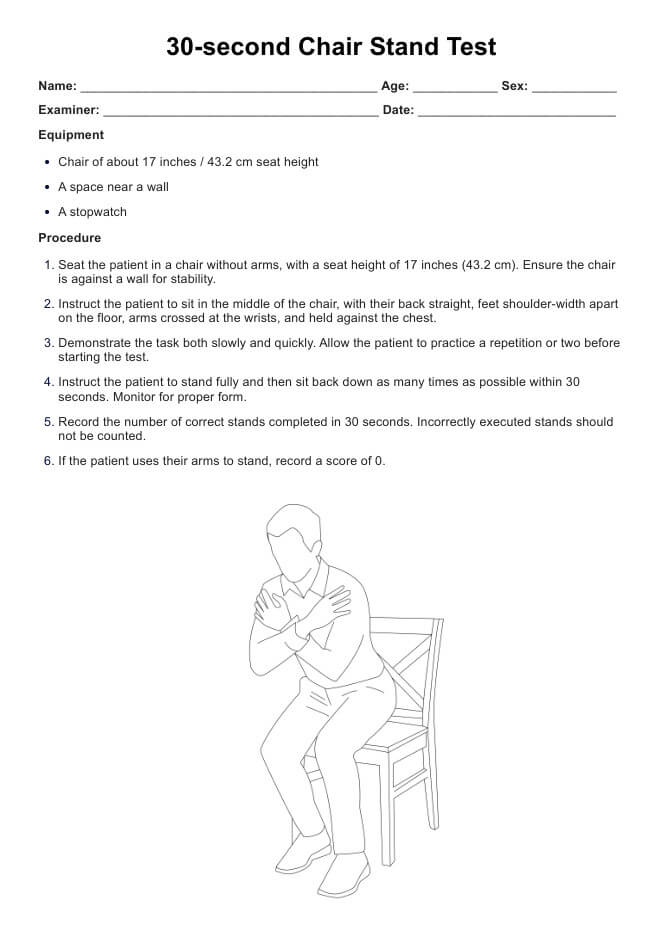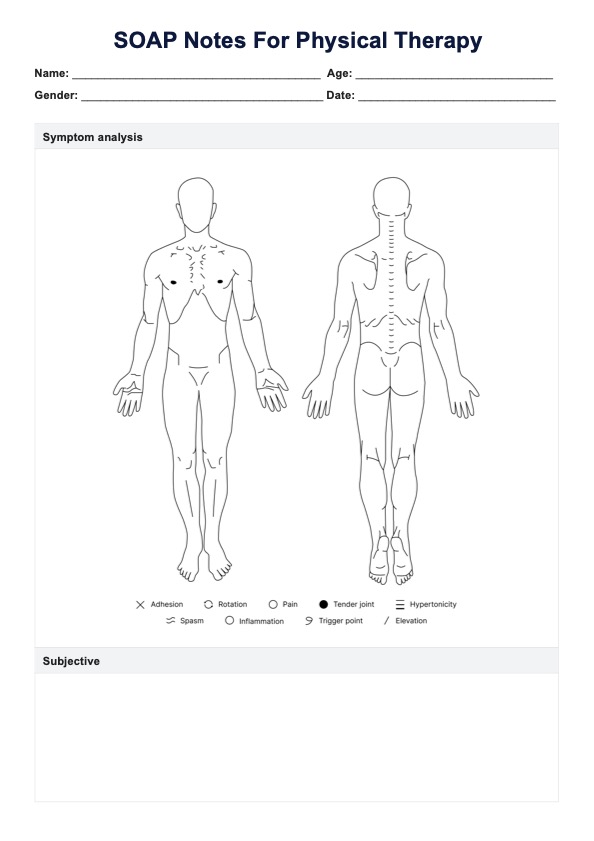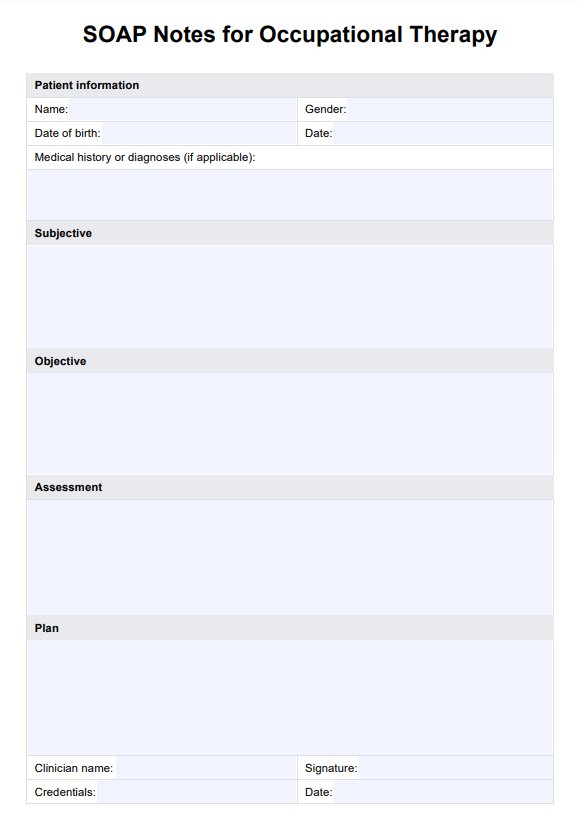Short Physical Performance Battery
If you need to assess the physical function and mobility of elderly patients, use the Short Physical Performance Battery (SPPB) to gauge their lower extremities in order to get a good look at their balance, gait speed, and strength of their lower extremities.


What is the Short Physical Performance Battery (SPPB)?
The Short Physical Performance Battery (SPPB) is a comprehensive physical assessment employed by healthcare professionals to evaluate the physical function and mobility of elderly individuals. This assessment comprises three tests designed to assess specific aspects of lower extremity function, focusing on standing balance, gait speed, and leg strength.
The standing balance test, the first component, involves patients performing three types of stands – side-by-side, semi-tandem, and tandem – to determine their ability to maintain balance for at least ten seconds in each position.
The second test evaluates gait speed, where professionals measure how quickly individuals can cover a predetermined distance, typically three to four meters. This test is performed twice, providing valuable insights into mobility and walking ability.
The third and final test is the chair stand, where patients must rise from a seated position and assume a full standing position five times. This assesses lower extremity strength and functional capacity.
While the prospect of these tests may seem challenging, the purpose behind them is crucial. Professionals use the results to identify individuals at risk of developing functional limitations and disabilities or those already experiencing such challenges. The SPPB is a valuable tool in proactive healthcare, enabling tailored interventions and support for elderly patients.
Check out this video to see a demonstration of how to perform the SPPB:
Short Physical Performance Battery Template
Short Physical Performance Battery Example
How to conduct the Short Physical Performance Battery (SPPB)
Since the SPPB Test has three components, let's go through each in the specific order they should be conducted.
The standing balance tests:
Patients must assume and maintain three standing positions for this test for ten seconds. They must be able to maintain these positions without a cane or walker. You may help them get up from their seat, though.
Before anything, tell the patients that you will describe and demonstrate the instructions to them. Let them know that if they cannot perform the actions or feel unsafe doing them, they should tell you. Emphasize that you don't want them to feel unsafe, so if they do, tell them that and move on to the next part.
Also, make sure to ask them if they have any questions. If none, then begin.
1. Side-by-side stand
- Demonstrate a Side-by-Side Stand: assuming a standing position with your feet together side-by-side. The patient must assume this position and maintain it for ten seconds.
- Tell them they may use their arms, move their body, and even bend their knees to maintain their balance. However, their feet must stay together the whole time.
- Stand next to the participant to help them into the side-by-side position. Ensure you can support the participant's arm to prevent loss of balance.
- Once their feet are together, ask them if they're ready. If they are, let go of the patient and then tell them to start. Ensure you have a stopwatch to begin timing when you tell them to begin.
- The test stops after ten seconds or if the participant steps out of position or grabs your arm.
- If the patient cannot maintain their balance for ten seconds, move on to the Gait Speed Test. If they can maintain it, move to the second standing position.
2. Semi-tandem stand
- Demonstrate what a Semi-Tandem Stand is, assuming a standing position with the side of the heel of one foot touching the big toe of the other foot. The patient can put either foot in front, so long as they're comfortable.
- They may use their arms, move their body, and even bend their knees to maintain their balance. However, their feet must stay together the whole time.
- Stand next to the participant to help him/her into the semi-tandem position. Ensure you can support the participant's arm to prevent loss of balance.
- Ask them if they're ready when they've assumed the proper position. If they are, let go of the patient and then tell them to start.
- The test stops after ten seconds or if the participant steps out of position or grabs your arm.
- If the patient cannot maintain their balance for ten seconds, move on to the Gait Speed Test. If they can maintain it, move to the third standing position.
3. Tandem stand
- Demonstrate the Tandem Stand, which assumes a standing position with the heel of one foot in front of and touching the toes of the other foot. The patient can put either foot in front, so long as they're comfortable.
- Again, they may use their arms, move their body, and even bend their knees to maintain their balance. However, their feet must stay together the whole time.
- Stand next to the participant to help him/her into the tandem position. Ensure you can support the participant's arm to prevent loss of balance.
- Ask them if they're ready when they've assumed the proper position. If they are, let go of the patient and then tell them to start.
- The test stops after ten seconds or if the participant steps out of position or grabs your arm.
- If the patient cannot maintain their balance for ten seconds, move on to the Gait Speed Test.
The gait speed tests
For this test, you will observe how your elderly patient walks and how fast they can do so. They may use a cane or a walking aid for this.
Make sure to have something you can use to mark distances, like tape and a yardstick. Mark a distance of three or four meters.
Once you've prepared everything and marked the distance, get your patient to stand behind the starting line. Their toes should be touching the start line.
1. First gait speed test
- For this one, tell your patient to walk to the other end of the course at their usual speed. Demonstrate this, of course.
- Tell them they must walk past the marker at the end before they stop. You should also tell them that you will walk with them so that they feel safe, and so you can assist them if ever they lose their balance while walking.
- Tell them that they will start when you say “Begin.” Of course, tell them to get ready first.
- When the patient says they're ready, say “Begin.” Make sure to activate the stopwatch as soon as you say that and then deactivate it once your patient crosses the marker.
2. Second gait speed test
- Have your patient turn around. They will do the same thing, but they will walk back to the previous starting point this time.
- Once they've turned around, have them stand behind the marker with their toes touching it.
- Ask them if they're ready. If they are, say “Begin” so they can start walking back to the start. Don't forget to activate your stopwatch and walk with them.
The chair stand test
This test has two parts, but the first is more like a test to see if they can do this without using their arms. If they can, they will do the second part, the real test. If they can't, the Short Physical Performance Battery ends here.
1. Single chair stand
- Tell them that this test is for gauging their leg strength.
- Give them these instructions and demonstrate them: they must fold their arms across their chest and plant both feet on the floor.
- Once they're in position, have them stand up while keeping their arms folded across their chest. They can't use their arms to support themselves standing up.
- Tell them to use their arms to stand up if they can't do it. The test ends here. If they can, then they will do the real Chair Stand Test.
2. Repeated chair stands
- This is the real test. They need to assume a full standing position five times without the aid of their arms, so they simply need to maintain their position in the Single Chair Stand test, but they must do this five times as quickly as they can.
- Explain the above objective and demonstrate it.
- Ask them if they're ready. If they say they're ready, say “Begin” so they can start. Make sure to time them. The test stops for any one of the following reasons:
- The patient has accomplished assuming a full standing position five times
- If a minute has passed, even if they haven't assumed a full standing position five times
- If you think it's necessary to stop for the safety of the patient
How to score the Short Physical Performance Battery (SPPB)
You will have to score each test based on certain criteria, but patients cannot do certain tests or fail them before we get to that. If they are unable to do them or if they fail them, please indicate why using the following options for each test (as a whole, not per component):
- 1 = Tried but unable
- 2 = Participant could not hold position unassisted
- 3 = Did not attempt because I felt that the test was unsafe for them
- 4 = Did not attempt because the patient felt unsafe
- 5 = The participant was unable to understand the instructions
- 6 = Others (please specify)
- 7 = Patient refused
Standing balance test scoring:
Side-by-side stand:
- Maintained balance for 10 seconds = 1 point
- Unable to maintain balance for 10 seconds = 0 points
- Did not attempt = 0 points
- Notes: Record the duration if unable to maintain balance for 10 seconds. If 0 points, the test concludes.
Semi-tandem stand:
- Maintained balance for 10 seconds = 1 point
- Unable to maintain balance for 10 seconds = 0 points
- Did not attempt = 0 points
- Notes: Record the duration if unable to maintain balance for 10 seconds. If 0 points, the test concludes.
Tandem stand:
- Maintained balance for 10 seconds = 2 points
- Maintained balance for 3 to 9.99 seconds = 1 point
- Maintained balance for less than 3 seconds = 0 points
- Did not attempt = 0 points
- Notes: Record the duration if unable to maintain balance for 10 seconds.
Calculate the sum for the total score from the Standing Balance Tests.
Gait speed test scoring:
Note: Indicate if a three or 4-meter course was used and if a cane or walking aid was used.
3-meter courses:
- Fastest time of more than 6.52 seconds = 1 point
- Fastest time 4.66 to 6.52 seconds = 2 points
- Fastest time 3.62 to 4.65 seconds = 3 points
- Fastest time less than 3.62 seconds = 4 points
4-meter courses:
- Fastest time of more than 8.70 seconds = 1 point
- Fastest time 6.21 to 8.70 seconds = 2 points
- Fastest time 4.82 to 6.20 seconds = 3 points
- Fastest time less than 4.82 seconds = 4 points
- Note: If unable to complete both walks, score 0 points.
Chair stand tests scoring:
Single chair stand:
- If the patient stood without using arms, proceed to the Repeated Chair Stand Test.
- End the test if the patient uses arms or can't complete the Single Chair Stand. This counts as 0 points.
Repeated chair stands:
- If the patient is unable to complete five chair stands or completes stands beyond 60 seconds = 0 points
- Chair stand time 16.70 to 59.9 seconds = 1 point
- Chair stand time 13.70 to 16.69 seconds = 2 points
- Chair stand time 11.20 to 13.69 seconds = 3 points
- Chair stand time 11.19 seconds or less = 4 points
- Calculate the sum for the total score from the Chair Stand Tests.
Calculating the total score:
Add up the total scores from the Standing Balance Tests, Gait Speed Tests, and Chair Stand Tests. The maximum achievable score is 12. A higher score indicates a lower risk of disability or injury.
Note: Comment boxes are provided for each test to document observations, which can contribute to the patient's care plan.
When is it best to conduct the Short Physical Performance Battery (SPPB)?
The most opportune moment to administer the Short Physical Performance Battery (SPPB) arises when an elderly individual schedules a comprehensive check-up, specifically focusing on evaluating potential disabilities or declines in motor functions. Even if the appointment pertains to a specific concern, such as the right leg, comprehensive examinations often unfold, involving a battery of tests conducted by healthcare professionals.
During these comprehensive evaluations, incorporating the SPPB Test proves highly advantageous. This assessment encompasses standing balance, gait speed, and the ability to stand unassisted. Such a holistic approach ensures a thorough understanding of the patient's physical capabilities and limitations.
Observations gleaned from the SPPB Test, in conjunction with other assessment results, can guide tailored recommendations. This may include the need for support in daily activities involving standing or reaching or the suggestion of walking aids if not already in use.
While the SPPB Test is a valuable component of comprehensive examinations, it should not stand alone in determining a patient's care plan. Given its focus on lower extremities, integrating SPPB results with those from other assessments provides a comprehensive overview of the patient's overall health and potential risks, particularly related to common challenges faced by elderly individuals, such as the risk of falling.
Who can conduct the Short Physical Performance Battery (SPPB)?
The Short Physical Performance Battery (SPPB), designed as a physical assessment for elderly patients, is best administered by healthcare professionals with expertise in geriatrics and physical well-being. The following professionals are well-suited for conducting the SPPB:
Geriatricians
Geriatricians, with their specialized training and experience in elderly care, stand out as prime candidates for SPPB administration. Their proficiency allows them to guide patients through the tests, interpret results accurately, and formulate medical decisions based on comprehensive assessments.
Physical therapists
Physical therapists, equipped with a deep understanding of physical function and rehabilitation, are adept at conducting the SPPB. They can provide valuable support to patients during testing and discern the optimal treatment paths based on the results obtained.
Occupational therapists
Like physical therapists, occupational therapists possess the necessary expertise to administer the SPPB effectively. Their focus on enhancing patients' ability to engage in daily activities aligns with the goals of the assessment.
Physiologists
With their knowledge of physiological functions, Physiologists are well-suited to administer the SPPB. Their understanding of the body's responses to physical activities enables them to contribute valuable insights to the assessment process.
Nurses
Nurses, especially those specializing in geriatric nursing, can also play a crucial role in SPPB administration. Their holistic approach to patient care aligns with the multifaceted nature of the assessment.
Healthcare professionals seeking to incorporate the SPPB into their repertoire should ensure familiarity with the test and receive proper training for handling elderly patients. The SPPB can serve as a valuable addition to its suite of clinical assessments, providing insights into patients' physical capabilities, potential challenges, and areas for improvement. By conducting complementary physical tests, professionals can comprehensively understand patients' conditions, identify potential disabilities, and tailor interventions to enhance overall well-being and daily functioning.
.png)
Benefits
Cost-effective
The SPPB is an affordable assessment, requiring minimal equipment such as a stopwatch, chair, tape, and yardstick.
Efficient administration
The test is quick and easy to administer, typically taking between ten to thirty minutes.
Predictive insights
By evaluating standing balance, gait speed, and leg strength, the SPPB can predict adverse motor function outcomes, aiding in early intervention.
Versatile monitoring
Ideal for long-term patient care, the SPPB can be used periodically to monitor progress, guiding adjustments to treatment plans based on patient performance over time.
Utilizing a care plan template can significantly enhance your practice by providing a structured approach to patient management. Incorporating a balance test into your assessments helps identify and address functional impairments related to stability and coordination. Combining these tools allows for comprehensive care, addressing both planning and specific assessment needs. This integrated approach ensures better client outcomes through targeted interventions and thorough monitoring.
Commonly asked questions
No, the tests included in the Short Physical Performance Battery (SPPB) are designed to be safe and non-invasive. However, healthcare professionals must follow proper procedures, provide adequate support, and ensure a secure testing environment to minimize potential risks. The emphasis on participant safety during the tests, such as standing balance assessments, walking tests, and chair stands, is paramount.
While the SPPB is a valuable tool for assessing lower extremity function in older adults, it does have some limitations. It primarily focuses on physical performance and may not capture all aspects of an individual's health. Additionally, the test results should be interpreted in conjunction with other clinical assessments for a comprehensive understanding.
The SPPB may be unsuitable for certain populations with severe mobility limitations or cognitive impairments. Like any assessment, the context of the individual's health and specific circumstances should be considered.
The Short Physical Performance Battery (SPPB) is scored based on the performance of the individual in three components: standing balance, gait speed, and chair stand. Each component has specific criteria for scoring. For the standing balance tests, participants are scored on their ability to maintain balance for a set duration.
Gait speed tests are scored based on the time taken to walk a designated distance. The chair stand tests assess the ability to stand from a seated position, with scoring dependent on the time taken and the number of completed stands. The total SPPB score is the sum of scores from all components, with a maximum score of 12 indicating better physical performance.


